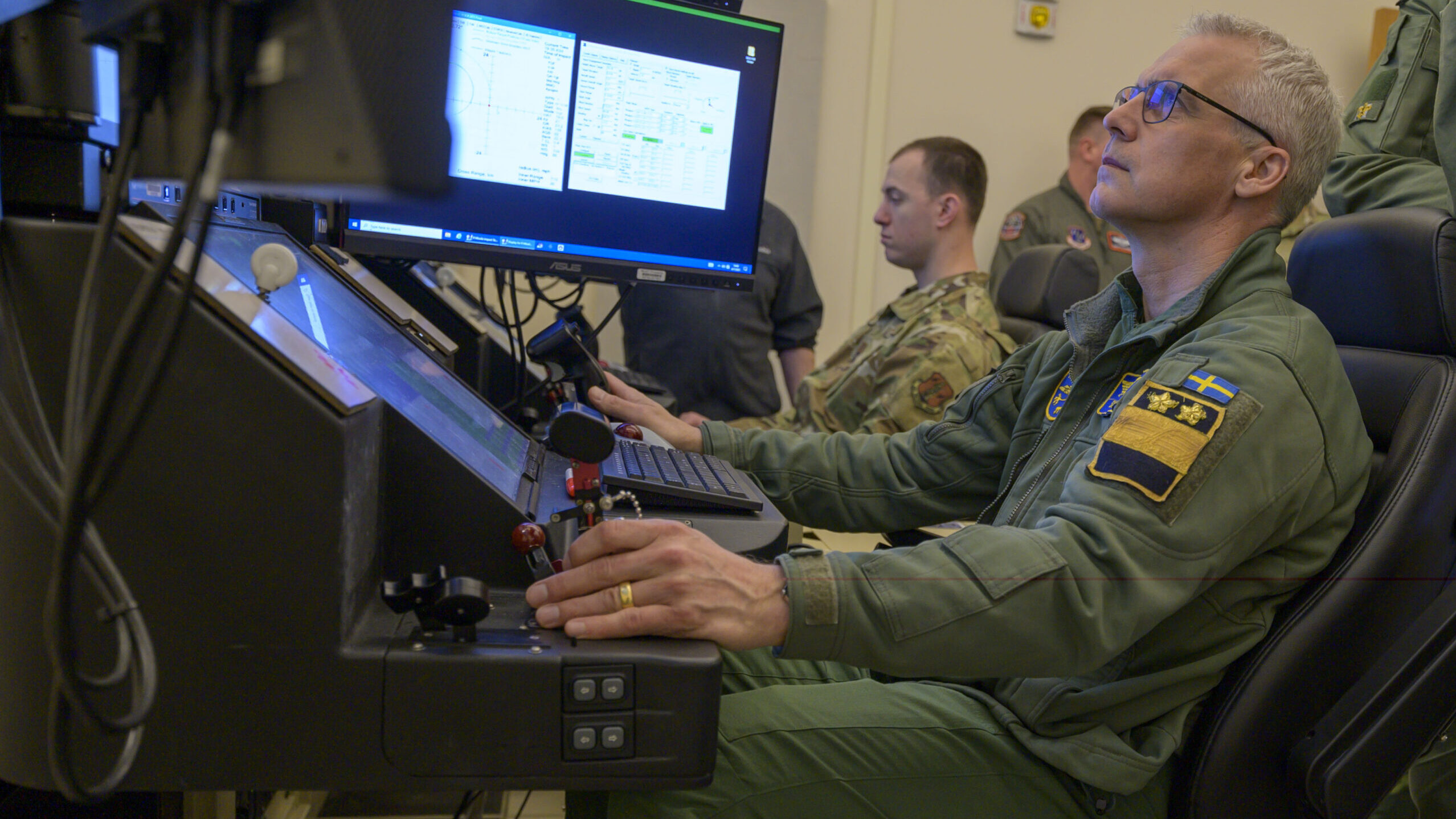World
NATO Must Adapt Quickly to Compete with Russia, Warns Sweden’s Air Force Chief

Sweden’s top air force official, Commander Jonas Wikman, emphasized the urgent need for NATO allies to innovate rapidly in military technology to avoid losing future conflicts with Russia. Speaking at the Defence IQ International Fighter conference in Rome, Wikman stated that without a significant acceleration in weapon system development, NATO risks being unprepared for the “next decisive conflict in Europe.”
Wikman pointed to the ongoing conflict in Ukraine as a prime example of effective adaptation under pressure. He described it as a “masterclass in accelerated adaptation,” asserting that the side that learns the fastest will prevail in warfare. “Tactics evolve weekly,” he noted, adding that weaponry previously provided to Ukraine is now frequently employed in ways not originally intended.
As NATO faces increasing threats from Russian drone incursions across Europe, the urgency for innovation becomes more pronounced. Recent events have prompted NATO to bolster its presence along the Eastern Flank, while the European Union is exploring a drone wall initiative. This proposed system aims to establish a layered air defense with robust counter-drone capabilities.
Wikman stressed the importance of collaboration among air forces, industry, and academia to ensure “readiness for future threats.” He clarified that the collaboration should focus on wartime capabilities rather than peacetime partnerships. “I’m not talking about partnerships for peacetime. I’m talking about a capability for wartime operations,” he said.
The Swedish Air Force is already implementing this collaborative model as it introduces the Saab S 106 GlobalEye Airborne Early Warning and Control (AEW&C) platform. Currently, Sweden has ordered three of these multirole aircraft, which are modified versions of the Bombardier Global 6000 business jet designed for comprehensive surveillance of air, land, and sea.
Central to the operational planning of the GlobalEye unit is a “development cell.” This initiative integrates industry, academia, and research authorities directly within the Swedish Air Force, allowing for greater efficiency and responsiveness. Wikman noted, “Industry and academia must be integrated into our wartime organization, co-located, empowered, and accountable under the commander’s intent.”
As NATO faces evolving threats, the call for rapid innovation and collaboration becomes increasingly critical. The insights from Wikman and other Nordic officials underscore the pressing need for military alliances to adapt quickly, ensuring they remain equipped to counter future challenges effectively.
-

 Lifestyle3 months ago
Lifestyle3 months agoLibraries Challenge Rising E-Book Costs Amid Growing Demand
-

 Sports3 months ago
Sports3 months agoTyreek Hill Responds to Tua Tagovailoa’s Comments on Team Dynamics
-

 Sports3 months ago
Sports3 months agoLiverpool Secures Agreement to Sign Young Striker Will Wright
-

 Lifestyle3 months ago
Lifestyle3 months agoSave Your Split Tomatoes: Expert Tips for Gardeners
-

 Lifestyle3 months ago
Lifestyle3 months agoPrincess Beatrice’s Daughter Athena Joins Siblings at London Parade
-

 World3 months ago
World3 months agoWinter Storms Lash New South Wales with Snow, Flood Risks
-

 Science3 months ago
Science3 months agoTrump Administration Moves to Repeal Key Climate Regulation
-

 Science2 months ago
Science2 months agoSan Francisco Hosts Unique Contest to Identify “Performative Males”
-

 Business3 months ago
Business3 months agoSoFi Technologies Shares Slip 2% Following Insider Stock Sale
-

 Science3 months ago
Science3 months agoNew Tool Reveals Link Between Horse Coat Condition and Parasites
-

 Sports3 months ago
Sports3 months agoElon Musk Sculpture Travels From Utah to Yosemite National Park
-

 Science3 months ago
Science3 months agoNew Study Confirms Humans Transported Stonehenge Bluestones









